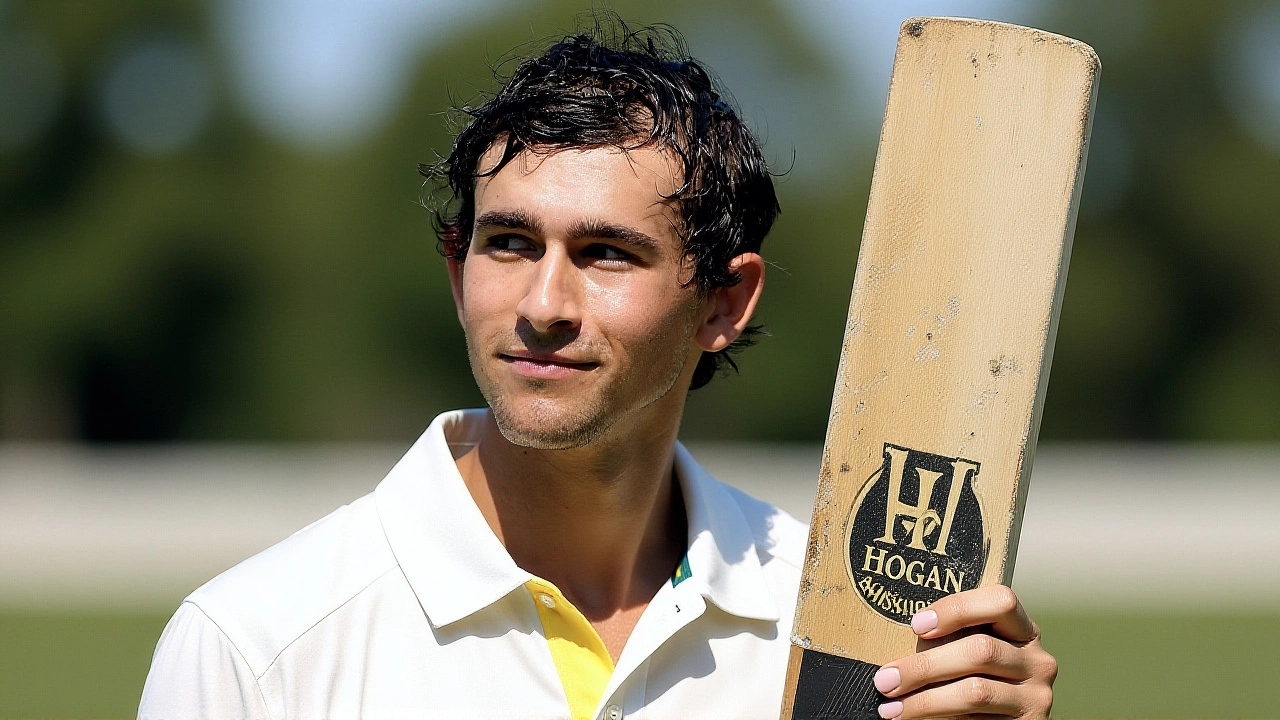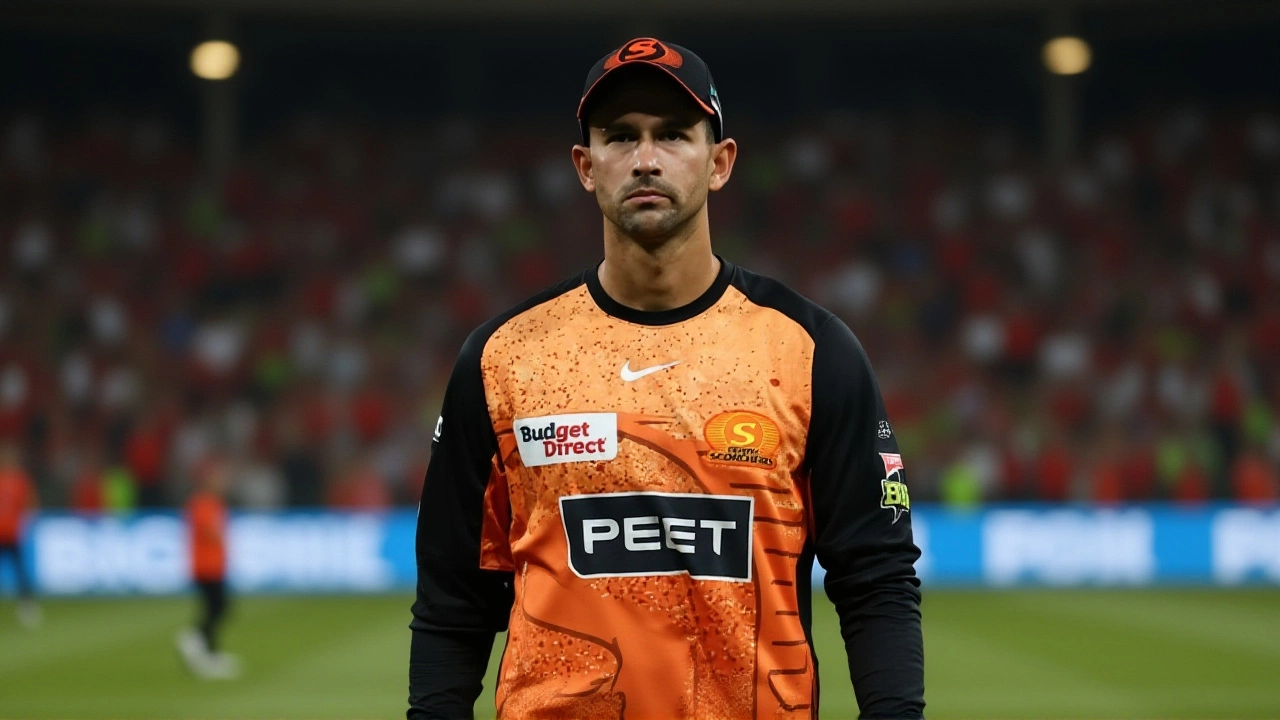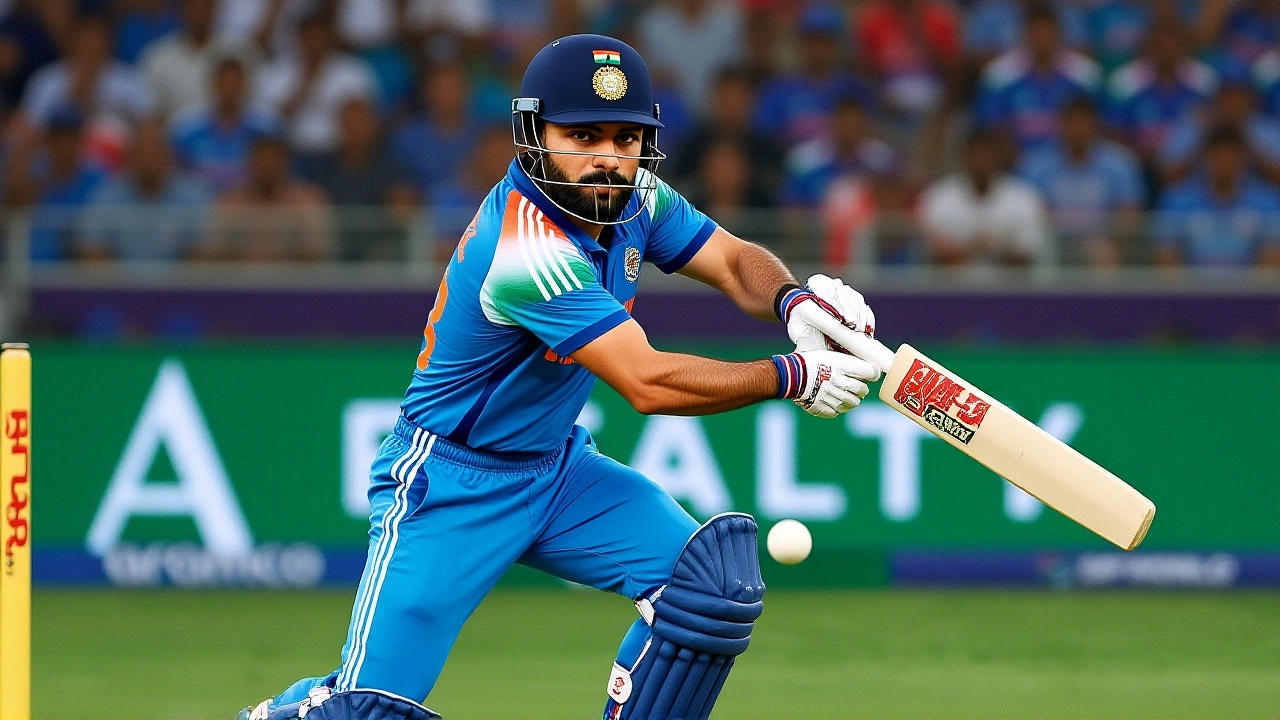 Nov, 21 2025
Nov, 21 2025
When Ashton Agar walked out to bat at Trent Bridge on July 11, 2013, no one expected history. The 19-year-old debutant, a left-arm spinner from Western Australia, had been playing club cricket in England just six weeks earlier. Now, with Australia reeling at 117-9 in the first innings of the the 2013 Ashes TestTrent Bridge, he faced England’s fearsome pace and spin attack — James Anderson, Stuart Broad, Steven Finn, and Graeme Swann — with nothing to lose and everything to prove. What followed wasn’t just a miracle. It was a revolution in the annals of Test cricket.
A Boy from Henley, Facing the Lions
Agar’s journey to the Test stage was anything but conventional. Just weeks before, he was batting for Henley Cricket Club in the Home Counties Premier League, a semi-professional circuit in Oxfordshire. His teammates didn’t see him as a future Test star — just a quiet, gifted all-rounder with a knack for clean striking. "He had this calmness," said David Barnes, captain of Henley. "Even when he got hit on the helmet, he just brushed it off and smiled. That’s the kind of temperament you can’t teach." When Agar stepped onto the pitch at Trent Bridge, the crowd — largely English — expected a quick dismissal. Instead, they got 135 minutes of pure, unadulterated joy. He drove Anderson through the covers, pulled Finn square, and launched Swann over long-off for six. Twelve fours. Two sixes. No fear. No hesitation. Just pure instinct.The Partnership That Broke the Record Books
The real magic happened with Phillip Hughes, the veteran opener who, against all odds, played the perfect foil. While Agar attacked, Hughes anchored — scoring 81 not out, his calmness a stark contrast to the debutant’s fireworks. Together, they forged a 163-run partnership for the 10th wicket, the highest ever in Test history. Before that day, the record stood at 128. Now, it was shattered by 35 runs. The scoreboard ticked. The crowd grew quiet. Then, as Agar reached 98, something extraordinary happened: the English fans began to clap. Not out of politeness. Not out of obligation. Out of awe. A 19-year-old kid, barely known outside regional leagues, had turned their home ground into his personal stage. When he was finally caught by Swann off Broad’s bowling, the entire stadium rose. A standing ovation. At Trent Bridge. For an Australian. In the Ashes. It was unprecedented.
The Aftermath: Records, Crashes, and a New Legacy
As Agar walked off, helmet in hand, he flashed that boyish grin — the one Bleacher Report later called "oh well, there’s always tomorrow." He didn’t know it then, but there wouldn’t be another day like this. Not in Test cricket, anyway. His 98 remains the highest score by a number 11 batsman in Test history as of 2024. The Cricinfo website crashed under the weight of traffic as fans refreshed their screens, trying to confirm the numbers: 101 balls, 12 fours, two sixes, 135 minutes — all from a player who had never previously scored more than 50 in first-class cricket. Even the statisticians were stunned. "We’ve seen miracle innings before," said ESPN’s Tanya Aldred. "But this? This was a kid who didn’t even know he’d be playing next week. Now he’s etched into the record books forever. Things will never be the same for him." The match itself ended in heartbreak for Australia. England clawed back to win by 14 runs in a dramatic final session. The the 2013 Ashes seriesTrent Bridge finished 3-0 in England’s favor. But none of that mattered to those who witnessed Agar’s innings. For a few hours, the Ashes weren’t about trophies. They were about wonder.Why This Still Matters a Decade Later
In an era of T20s and franchise leagues, Test cricket often struggles to capture the public imagination. But Agar’s innings was a reminder of what makes the format sacred: unpredictability. The fact that a player could rise from a village league in Oxfordshire to etch his name into a 145-year-old record speaks to the soul of the game. It wasn’t just about runs. It was about courage. About innocence meeting pressure — and not blinking. Agar never replicated that magic in Test cricket again. He played just one more Test, and his international career became defined more by his bowling than his batting. But that one day — July 11, 2013 — remains a monument. It’s the kind of moment that makes cricket more than a sport. It becomes folklore.
What Happened to Ashton Agar After Trent Bridge?
The spotlight changed him, quietly. He continued playing for Western Australia and later represented Australia in ODIs and T20Is. He became a cult figure — the boy who almost scored a century at Trent Bridge. He never sought fame. In interviews, he’d shrug and say, "I just tried to enjoy it." His teammates still joke about it. Simon Thomsen, his Henley teammate, once tweeted: "I was in the pub when he hit that six. I spilled my pint. Then I cried." He’s now a respected domestic player and coach, mentoring young spinners. But ask any cricket fan over 25 about the most unforgettable Test innings of the 21st century, and they’ll say one thing: "Agar at Trent Bridge."Frequently Asked Questions
What was the significance of Ashton Agar’s 98 in Test cricket history?
Ashton Agar’s 98 remains the highest score ever by a number 11 batsman in Test cricket, surpassing the previous record of 95 by Warren Hegg in 1995. His innings was the first time a number 11 had crossed 90 in Tests, and his 163-run partnership with Phillip Hughes set the record for the highest 10th-wicket stand in Test history. It was also the highest score by a debutant in a Test innings at the time, and the only time a number 11 has received a standing ovation from a hostile Ashes crowd.
How did Agar’s performance compare to other last-wicket partnerships in Test cricket?
Agar and Hughes’ 163-run stand is the highest 10th-wicket partnership in Test history, beating the previous record of 128 by Hegg and Devon Malcolm against South Africa in 1995. It’s also the only 10th-wicket partnership of over 150 runs in Ashes history. For context, the next highest by a number 11 in Tests is 85, by Anil Kumble in 2007 — still 13 runs short of Agar’s total.
Why did the Trent Bridge crowd give Agar a standing ovation?
Despite being an Australian in the middle of the Ashes — a rivalry steeped in national pride — the crowd was moved by Agar’s raw talent, fearless strokeplay, and youthful innocence. He wasn’t just scoring runs; he was playing with joy, defying expectations. Many English fans, even those rooting for their team, recognized they were witnessing something rare: a moment of pure, unscripted cricketing brilliance that transcended rivalry.
Did Ashton Agar ever come close to matching that innings again?
No. Agar played just two Test matches and never scored another half-century. His highest subsequent score was 38 against India in 2014. He shifted focus to his left-arm spin, becoming a reliable option in limited-overs formats, but his Test batting career never recovered from the pressure of his own legend. Still, he remains the only player in history whose debut innings became a permanent fixture in cricket’s folklore.
What impact did this innings have on Agar’s career trajectory?
The innings catapulted Agar into instant fame, leading to endorsement deals and media appearances. But it also created unrealistic expectations. He was suddenly expected to be a batting all-rounder, despite being selected primarily as a spinner. This pressure may have contributed to his struggles in Test cricket. Still, he became a beloved figure in Australian cricket circles, admired for his humility and resilience.
Is Agar’s record likely to be broken anytime soon?
Highly unlikely. Modern Test cricket rarely sees a number 11 bat for more than 20 minutes, let alone 135. Teams prioritize survival over aggression in the final wicket, and spinners are often left out of the batting order entirely. Even if a future number 11 scores 90, matching the context — debutant, Ashes, hostile crowd, record partnership — makes Agar’s innings nearly impossible to replicate.